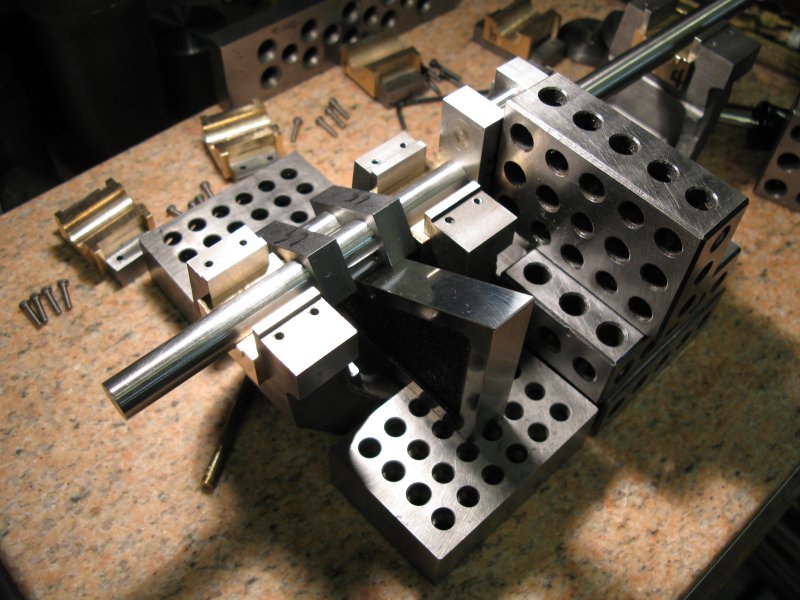Brake cleaner comes in a spray can. Not only does it dilute oil and dirt, but it physically blows it off your parts. That doesn't mean that it is CLEAN after using copious amounts (it leaves a white residue) but all oil is GONE if you are thorough. Follow with compressed air to get rid of the contaminated solvent faster than it can evaporate, which would re-deposit residual contaminants. Use it as a first step to cleaning, it makes the physical part of mechanical cleaning a lot easier if you are not smearing "grease" around on your parts. Wash your steel wool, "Scotchbrite" or other abrasive with brake cleaner (or alcohol) to remove any residual oils or other contaminants from the abrasive, and rub off the oxides and dry contaminants on the surfaces before fluxing. (Most commercial steel wool is treated with a very light "drying" oil to resist oxidation during storage) Pay more attention to "IDs" of finished parts than "ODs", simply because they are harder to clean. Flux all mating surfaces completely (as mentioned before) before assembly. Use a commercial flux to suit the brazing alloy and materials you are using.
"Yo' Mama" might have told you that "Cleanliness is next to Godliness". Underarms might smell a little in the shop without affecting anything, but if you want success with any type of brazing for critical applications . . . surgical cleanliness is your goal. The job of the flux is to protect the surfaces from oxidation during heating AND to remove what you might have missed, in that order. Asking it to chemically clean the parts that "you didn't bother to" is a recipe for failure.
The same goes for adhesive methods, except now you don't have flux to help bubble out any missed crap. Glue bonds are only as good as the surface they are trying to stick to. If it ain't clean, it won't stick!
IMHO, JB Weld is best for replacing missing (or worn away) material. Asking it to reliably provide a shear strength in a "thin film application" is asking for trouble, especially if your surfaces are covered in crud. For critical clearance applications like a crankshaft, you would have better luck with Loctite, if your parts are clean. Recommended clearance issues can be dealt with by progressive fits as suggested above, and/or by "zero-stress" assemblies, relying on position during cure to allow the parts to locate themselves by fluid dynamics (surface tension???) to insure concentricity and alignment of pins and bores. Low viscosity, high strength adhesives, correctly applied, will logically give better results than the other way around.
DJD








